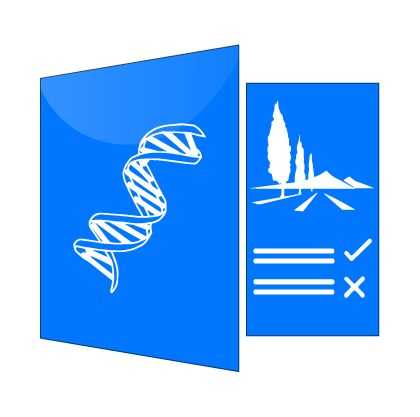Global Soil Erosion Modelling

The Global Soil Erosion Modelling platform (GloSEM) provides a global soil erosion map (in Geotiff format) at 25 km spatial resolution for 2001 and 2012. The map is a resampled version of an original 250 m dataset. The erosion data are expressed in terms of outputs of the Revised Universal Soil Loss Equation (RUSLE) in ton.ha-1.yr-1. In addition, the individual component factors of the RUSLE are mapped separately at the same 25-km resolution: R-factor (rainfall erosivity), K-factor (soil erodibility), C-factor (cover/management factor), and LS-factor (slope factor). For applications in the European Union ESDAC recommends to use the European Soil Erosion dataset and associated R, K, C, P, and LS factor datasets at resolutions between 100 m and 1 km.
The calculation of the model parameters was based on the integration of diverse spatial datasets related to climate, land use/cover, soils and topography. The global rainfall erosivity factor R was calculated from 3625 precipitation stations from 63 countries with temporal resolutions of 1 to 60 minutes. The R-factor values calculated from precipitation data of different temporal resolutions were normalised to values with temporal resolutions of 30 minutes using linear regression functions. This parameter is available for download at 30 arc-seconds (1 km) spatial resolution.
The characterization of land use/land cover and its changes was based on MODIS imagery with 250 m resolution, followed by supervised classification. To analyze the effect of topography, the SRTM 3 arc-seconds (circa 90 m) spatial resolution was used. The use of a 90-m DEM ensured that the computed LS-factor maintained a scale congruent with the USLE experiments at plots with length ≤ 122 m.
The soil properties used in calculating the K-factor ( texture, organic matter, coarse fragments) were downloaded from the ISRIC SoilGrids database at 1 km spatial resolution.
The soil erosion rates of the baseline scenarios were predicted for the reference years 2001 and 2012 without considering conservation cropping and management practices (C-factor), given the current lack of adequate standardised and harmonised worldwide spatial information.
